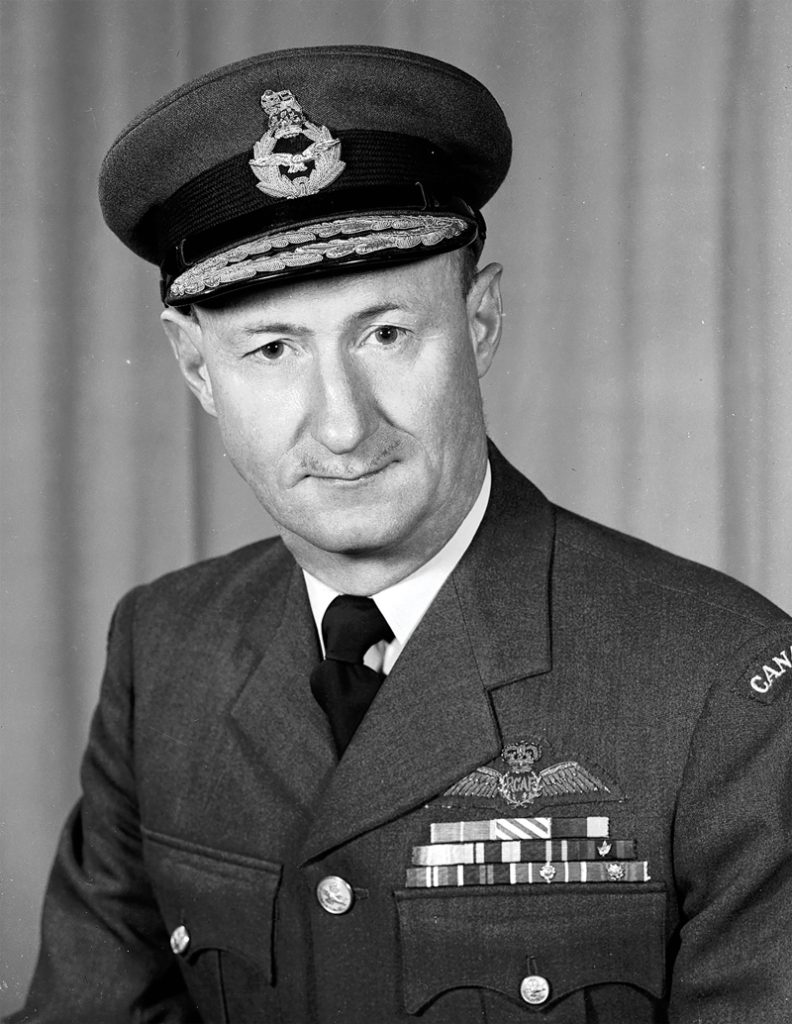Spotting of Japanese Fleet by Leonard Birchall
Squadron Leader Leonard Birchall arrived at Koggala Airbase on April 2, 1942, after serving in the Shetland Islands. In Koggala, a large lake served as a runway and base for the flying boats. The slow speed and immense endurance of the Catalina flying boats allowed them to stay airborne for 24 hours. He had only been in Koggala for 48 hours when he conducted surveillance mission in support of the Southeast Asian Fleet of the Royal Navy.
The 413 Squadron of the Royal Canadian Air Force was in Ceylon to bolster the Allied Forces, on alert against an impending Japanese invasion. When Singapore fell in February 1942, it was widely believed that the next Japanese target was Ceylon to gain control of the Indian Ocean, which was the Allies’ lifeline to the forces in the Middle East. The 413 Squadron’s presence in Ceylon marked the first overseas tour of duty for a Canadian unit other than in Britain. While patrolling over the Indian Ocean, Leonard Birchall and his crew spotted an approaching Japanese fleet under Admiral Chūichi Nagumo. Even Leonard Birchall’s Catalina was ultimately shot down; the warning message of an incoming Japanese fleet to the Allied Command had gotten through.
Related Post: Japanese attack on Ceylon During Second World War
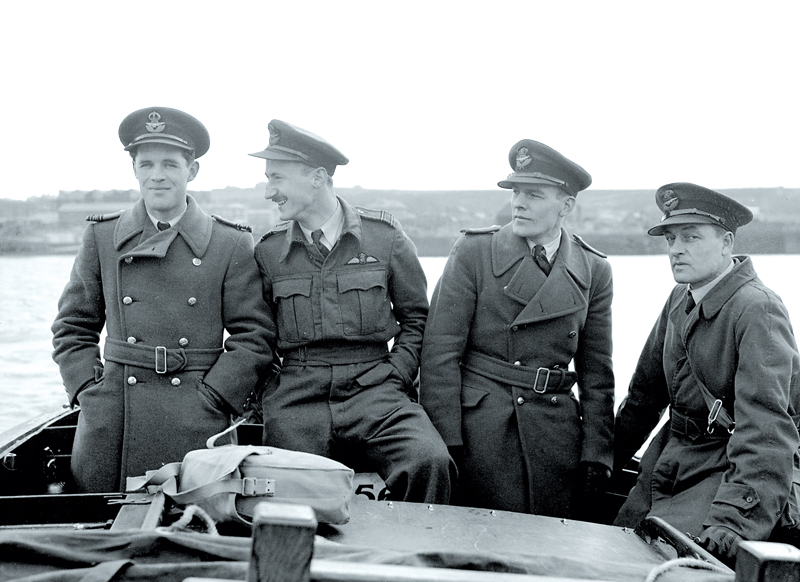
(left to right) squadron leaders J.C. Scott and Leonard Birchall and pilot officers A.M. Bell and
W.R. Meadows (Image credit goes to its respective owners.)
Under the command of Canadian Squadron Leader Leonard Birchall, among its eight crewmen was another Canadian, Warrant Officer Bart Onyette, the aircraft’s navigator. Birchall’s assigned patrol sector was the southernmost one, some 560 kilometres south and east of Koggala. After a dozen unproductive hours of scanning the vast waters stretching in all directions, Birchall was just about to return to base at 4 p.m. when Onyette spotted “specks” on the southern horizon. Birchall immediately headed toward them. They were Japanese vessels.
Despite the obvious danger, given the defenceless nature of his Catalina flying boat, Leonard Birchall flew directly toward the ships to count and identify them, fully realizing the closer he got, the less chance he had of escape. Slowly, Japan’s 1st Air Fleet came into view. The fleet consisted of five aircraft carriers, battleships, cruisers, and destroyers. The carriers had more than 300 modern combat aircraft embarked, including several first-rate Mitsubishi A6M Zero fighters, which could outperform any Allied fighter in Asia at the time.
The enemy’s primary aim was to neutralize British naval and air resources in the Indian Ocean. Birchall’s radio operator immediately began sending a coded transmission to Ceylon, containing details of the fleet. But by then, with no clouds in which to hide, the Japanese had spotted the Catalina. As many as 12 Zeros swarmed in for the kill. Birchall later noted, “All we could do was put the nose down and go full out, about 150 knots.” When the operator was partway through his required third transmission, enemy cannon shells destroyed the radio, blew the operator’s leg off, and set the aircraft on fire.
The Catalina began to break up. It was too low for the crew to bail out, but Birchall managed to crash-land safely on the water just before the aircraft’s tail fell off. Everyone but the operator evacuated the aircraft, although two crew members were seriously wounded. Because they were unconscious, they were floating on the surface and unable to dive when Japanese fighters continued to strafe the Catalina and the airmen struggling in the water. As the other survivors swam away from burning gasoline and the potential for exploding depth charges, the fighters strafed them and the Catalina, sinking it and killing the unconscious crewmen.
The remaining six airmen, including the two Canadians, and a Japanese destroyer finally fished them out of the water. Although the Catalina was forced to crash land, the wireless operator still managed to transmit the message, giving the Allied Forces the advantage they needed to prepare for the imminent attack. Admiral James Somerville, commander-in-chief of the British Eastern Fleet, wisely withdrew most of his ships from Ceylon on March 30 and sailed to a new secret anchorage in the Maldives, southwest of Ceylon. The result was that the British Fleet was able to avoid destruction and Ceylon defended itself, inflicting severe losses on the Japanese naval aircraft.
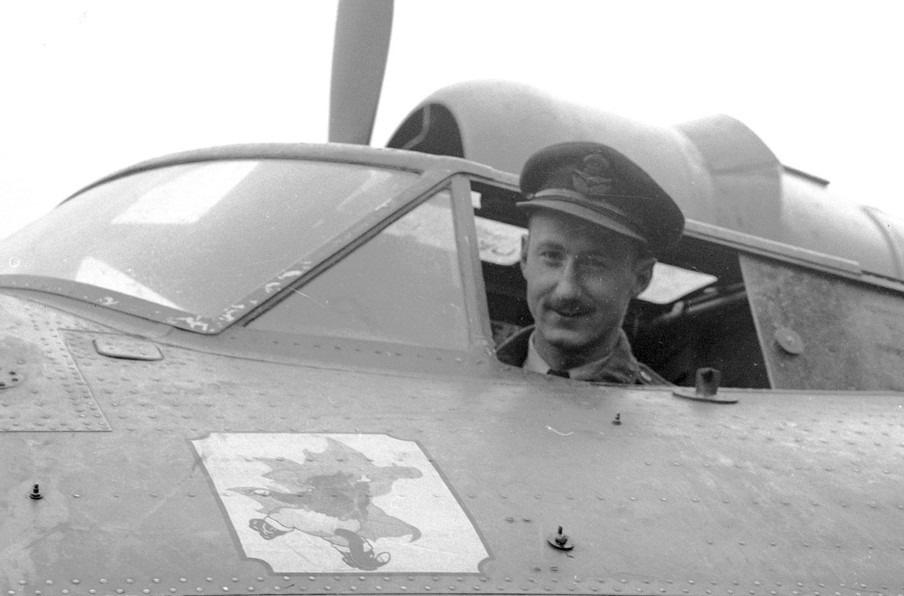
Saviour of Ceylon: Leonard Birchall
Winston Churchill called it ‘the most dangerous moment’ of World War II. The moment when the Japanese Fleet was steaming towards Ceylon for a surprise attack on the British Fleet. But it was not to be another Pearl Harbor. On April 4, 1942, a Catalina flying boat on a reconnaissance mission off the Ceylonese coast alerted the Allied Forces of the danger.
The youthful commander of the Catalina, Squadron Leader Leonard Birchall and his eight-member crew went beyond the call of duty in pursuing a ‘black speck on the horizon’ at the risk of their lives. The speck in the distance turned out to be the full might of the Japanese fleet heading for Ceylon’s south-east coast, though still 300 miles off shore. When Birchall and Crew were shot down by the Japanese, what they didn’t know was that their desperate warning message to the Allied Command had gotten through.
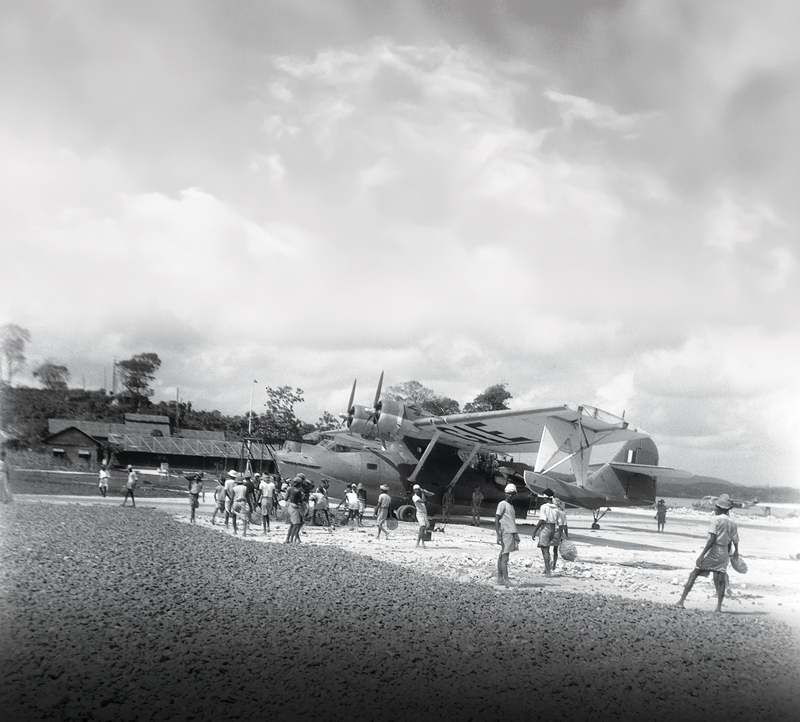
“It was only after the war ended that I knew it hadn’t been in vain. That Ceylon had been saved,” says Air Commodore Leonard Birchall, recalling the ordeal in 1942. The memories are still fresh. “The sighting may have been a significant moment, but we didn’t have time to think. The Catalina had been hit, and three of our crew members were badly hurt. One had his leg shot off and we managed to put the other two into lifejackets, but the Japanese strafing blew them right out of the water. The rest of us were picked up and set on the deck of the Japanese destroyer. A senior officer started interrogating me in perfect English. The vital question was, ‘Did you send a message to Ceylon?”
Leonard Birchall remembers how he kept saying no, even as the Japanese continued beating him. Just as he had convinced them that there had been no message sent, Colombo came up on the air, asking for a repeat. Birchall and his remaining crew were prisoners of war and spent those momentous days confined to a tiny locker as the Japanese engaged in bombing raids on the Allied bases in Trincomalee and Colombo. The locker was so small that only the three wounded could lie down; the rest had to take it in turns, sitting and standing alternately, existing on a POW diet of soup and rice. “We were transferred to the flagship Akagi on which the Admiral was traveling, and it was on this aircraft carrier that we journeyed to Japan.”
Leonard Birchall spent the next three and a half years in various prison camps, undergoing severe mental trauma as he fought for the sick and the injured. “As a senior POW (prisoner of war), I had to look after the sick.” On many occasions, he crossed swords with the Japanese guards over the inhuman treatment meted out to the prisoners, including the sick. “The conditions were terrible. There was slave labor and starvation, and we rarely ever had medical supplies. On one occasion, I organized a sit-down strike at the Yokohama camp. I don’t know why they never killed me. I don’t have any clue what kept me alive.”
Leonard Birchall, all the while, kept secret diaries, and these were to become vital evidence at the war crimes trials after the war ended. Squadron Leader Birchall returned to active service in Canada and went on to become the longest-serving member of the Canadian Forces. He received many awards, including, the Order of Canada, the DFC (Distinguished Flying Cross), and the OBE (Order of the British Empire) for gallantry. “The consistent gallantry and glowing devotion to his fellow prisoners of war that this officer displayed throughout his lengthy period of imprisonment are in keeping with the finest tradition of the Royal Canadian Air Force,” the OBE citation read.
Leonard Birchall retains his sentimental links with the country he ‘saved’. He first returned in 1946–47 and coincidentally met his engineer on the Catalina, Brian Catlin, who was back in Koggala flying in an RAF squadron. Since then, he has made many ‘pilgrimages’ as he calls them in Sri Lanka, including one in 1992 for the 50th anniversary of the Japanese raids over Ceylon. “I love the country, and I’m happy to be here, especially when there’s such a wonderful hope of peace. I pray it will work. I sure would do anything I could to help make it work.”
This time around, Len Birchall is accompanied by his son, Charles, an environmental lawyer who says he took on a different career because his father’s footsteps were too big to follow.
Dubbed the ‘Saviour of Ceylon’ by Winston Churchill, Leonard Birchall reflects that his sighting of the Japanese armada was the beginning of the end of Japanese successes in World War II. As Churchill famously said, “the Japanese capture of Ceylon, the consequent control of the Indian Ocean, and the possibility of a German conquest of Egypt would have closed the ring, and the future would have been black.”
Reference: sundaytimes.lk
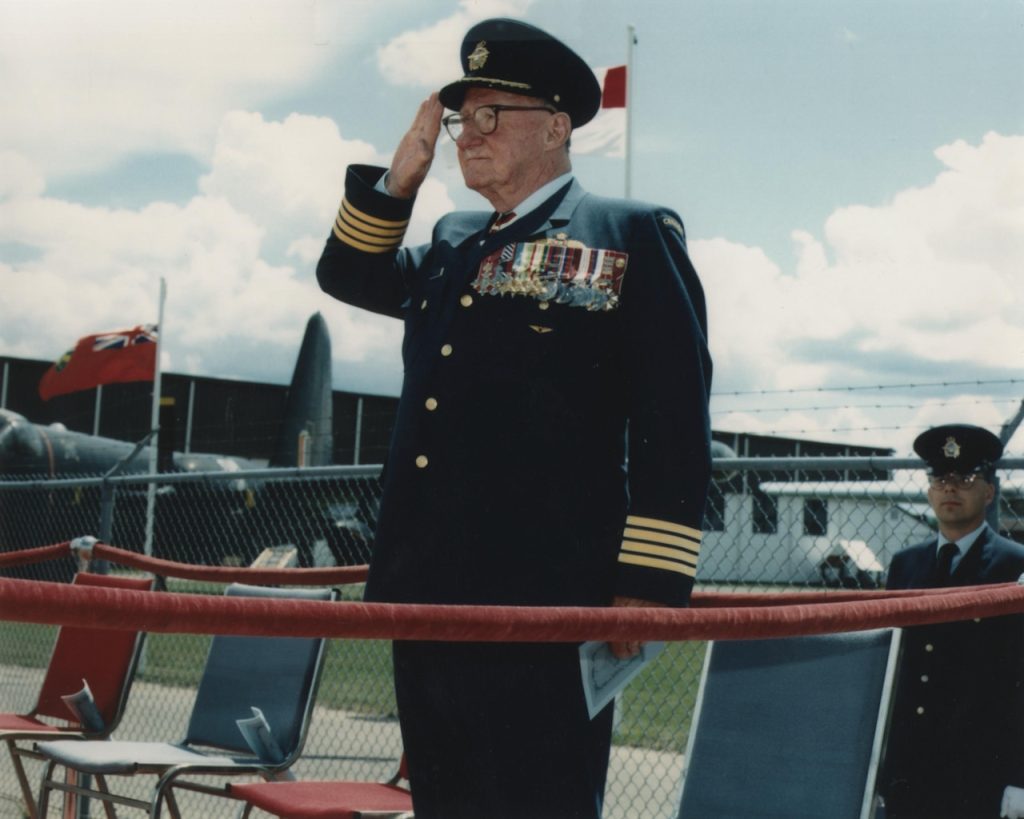
Affiliate Disclosure: As an Amazon Associate, I earn from qualifying purchases. This blog post may contain other affiliate links as well by which I earn commissions at no extra cost to you.

